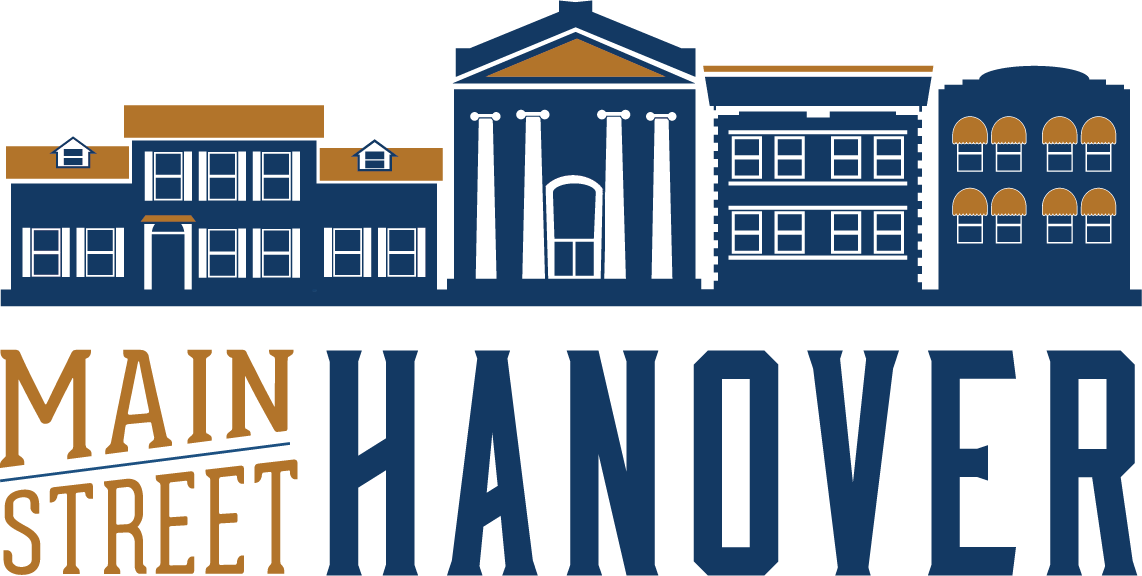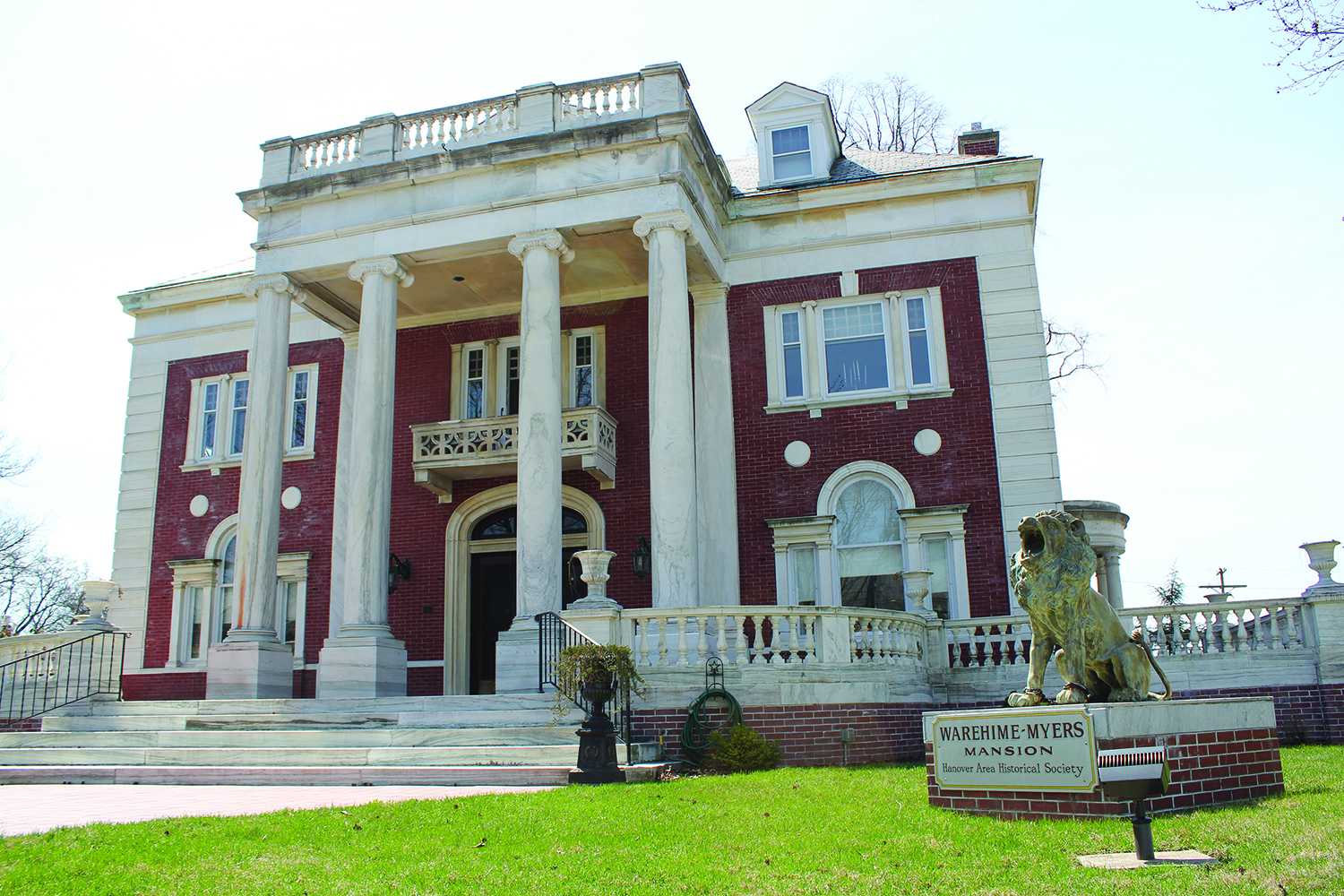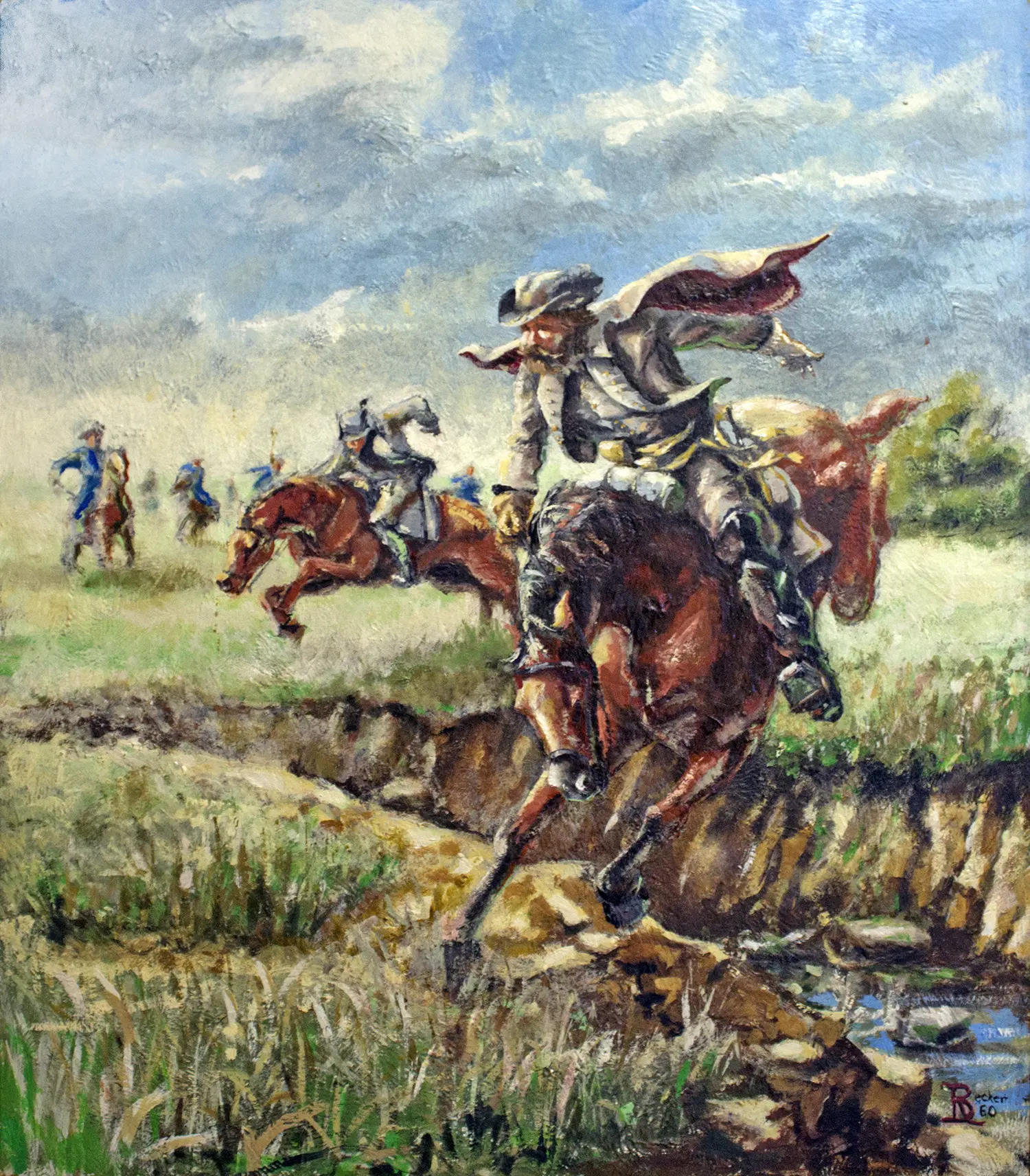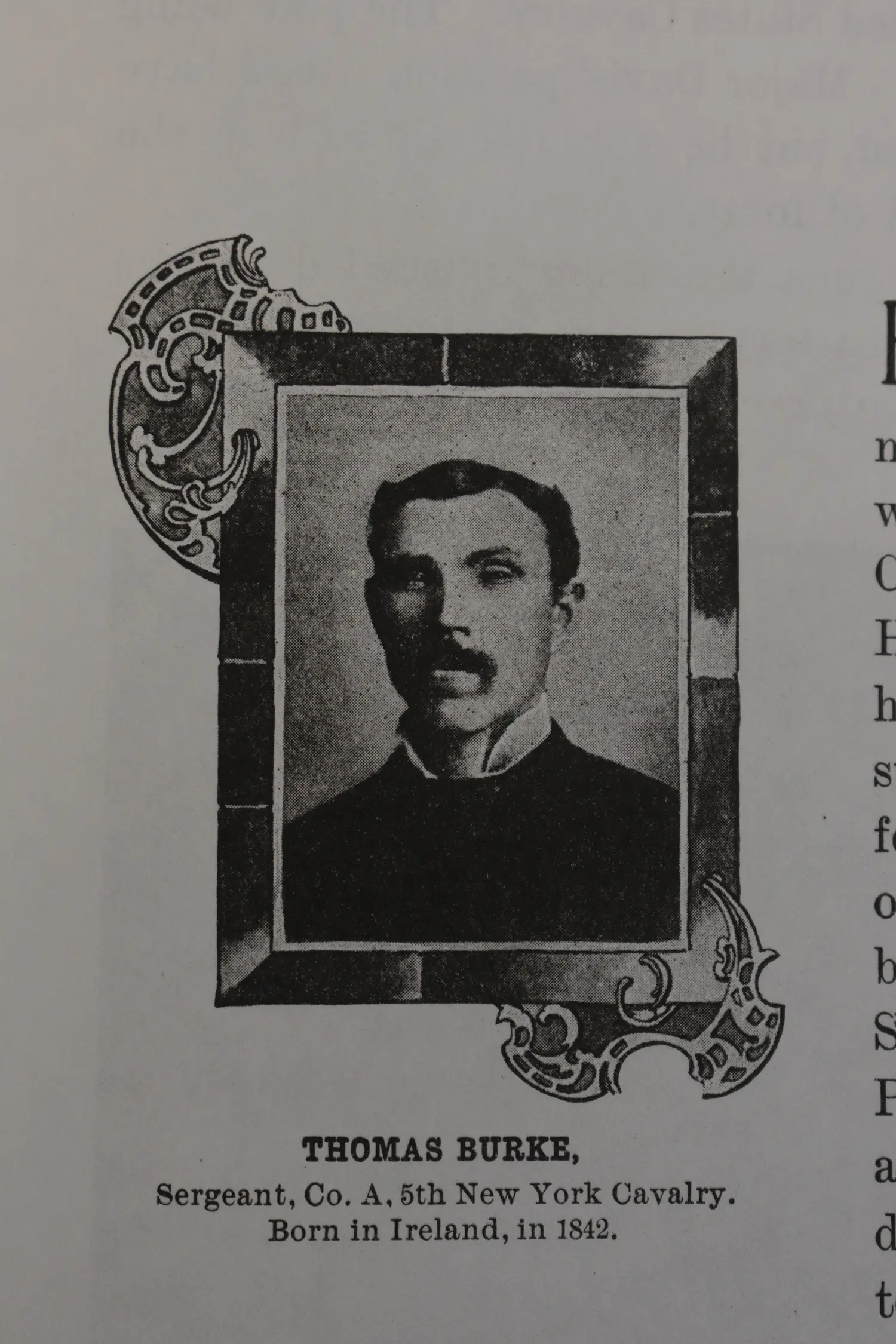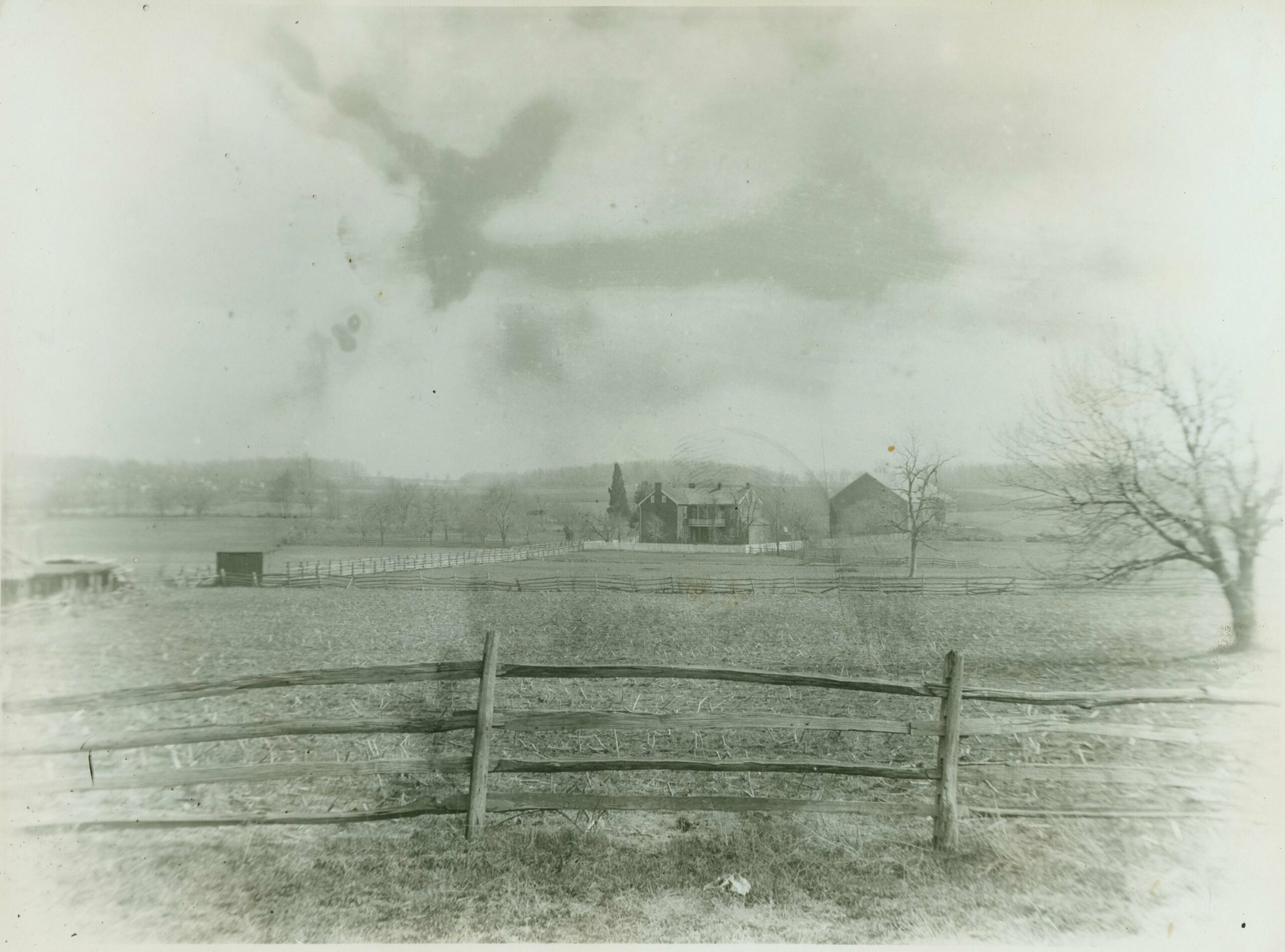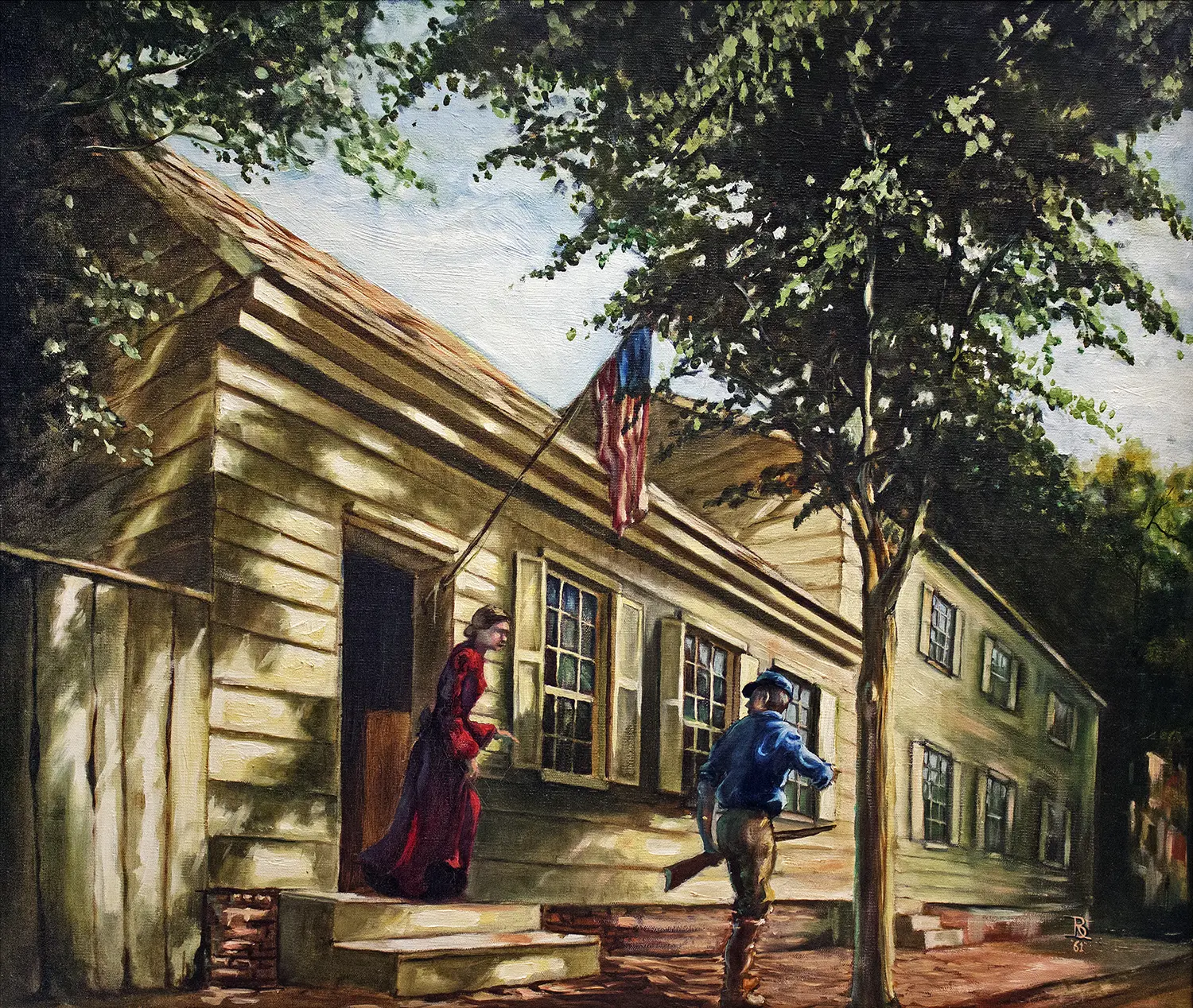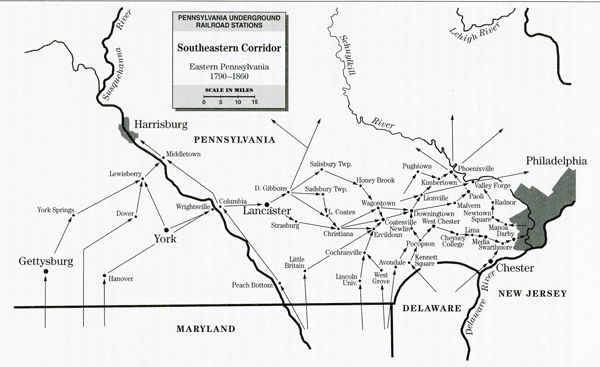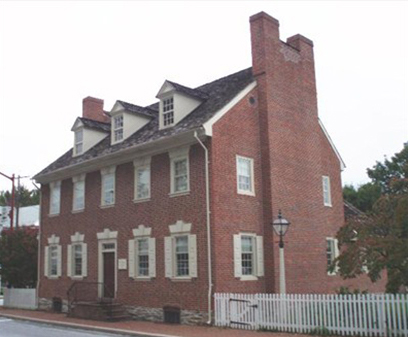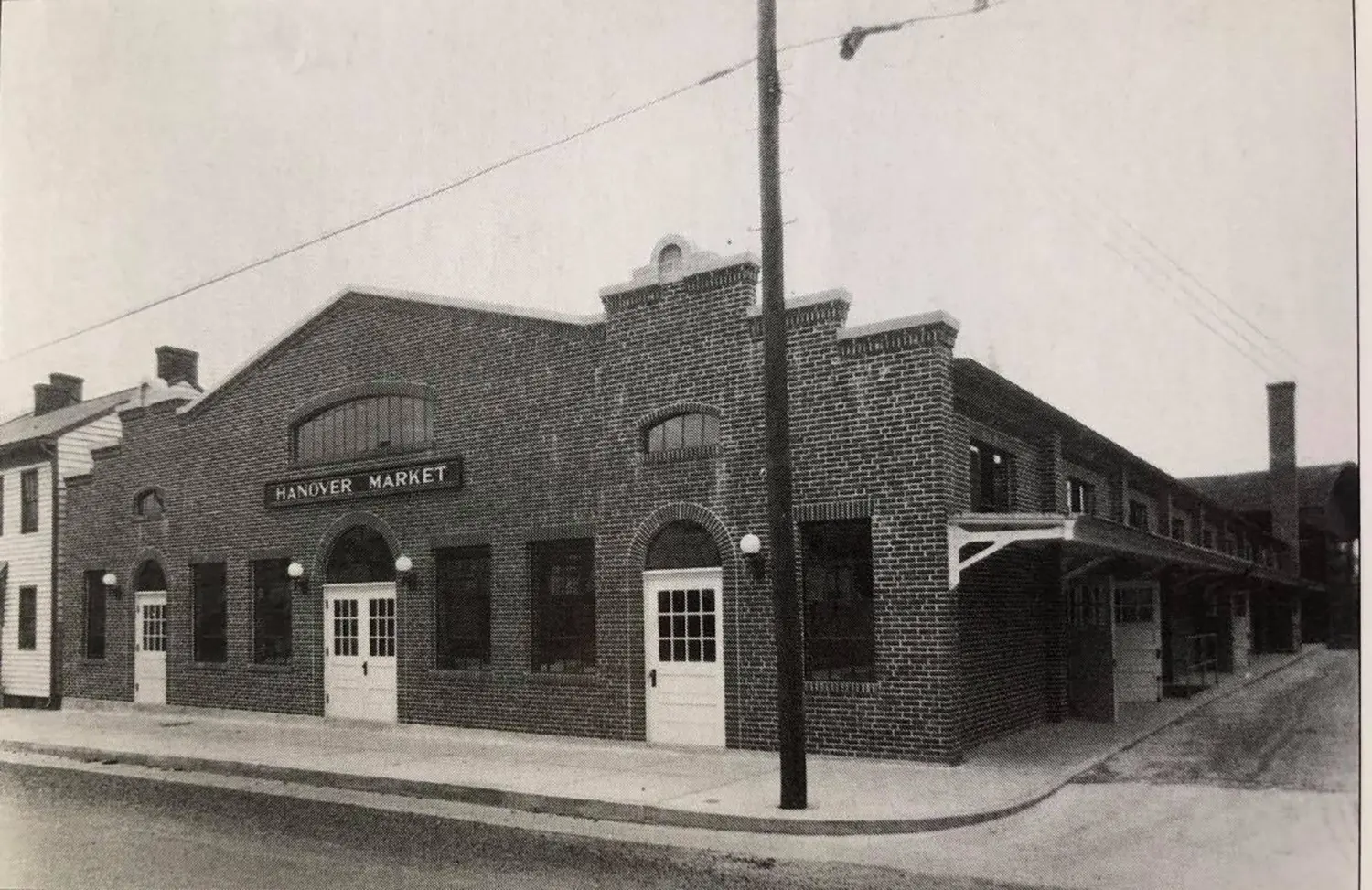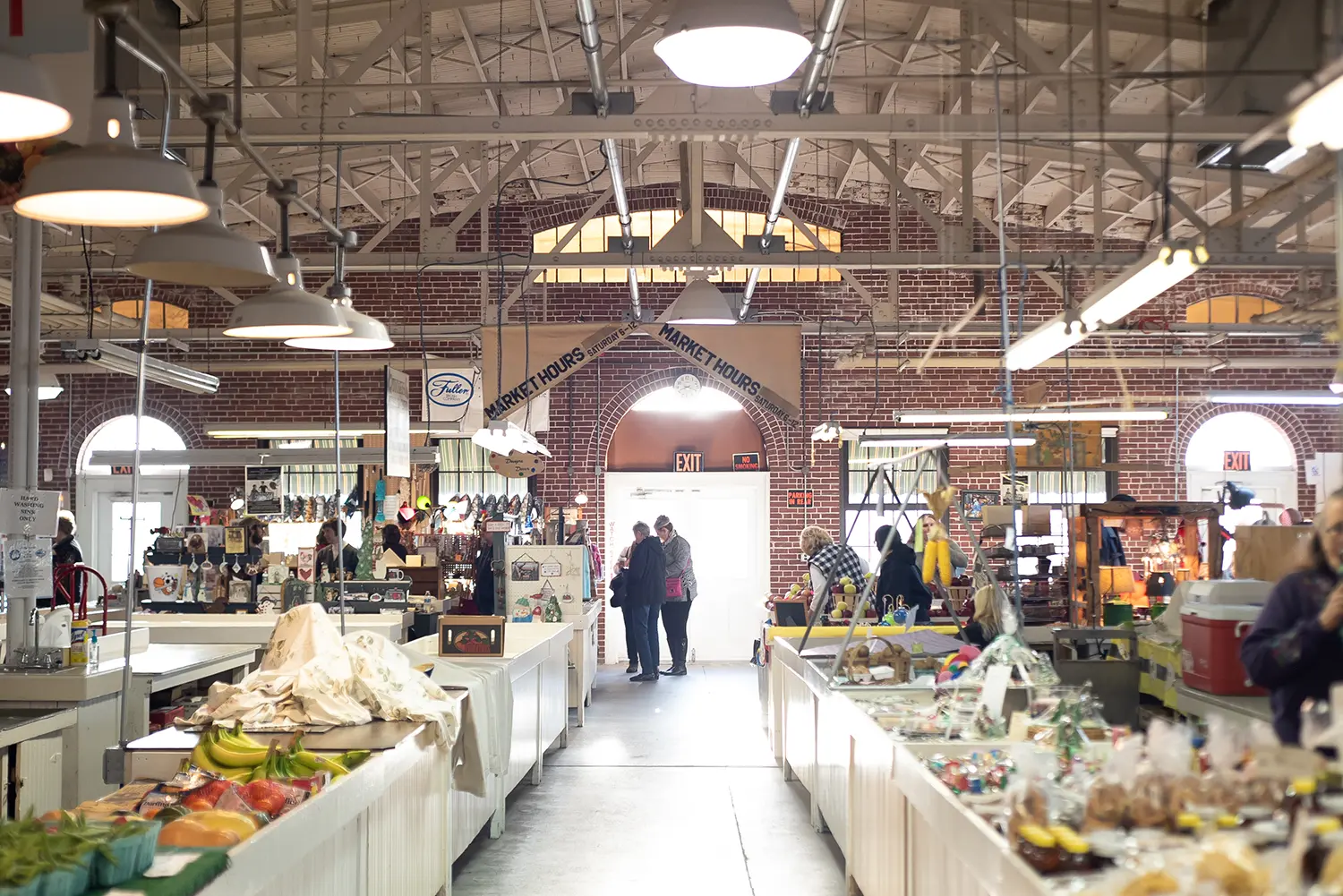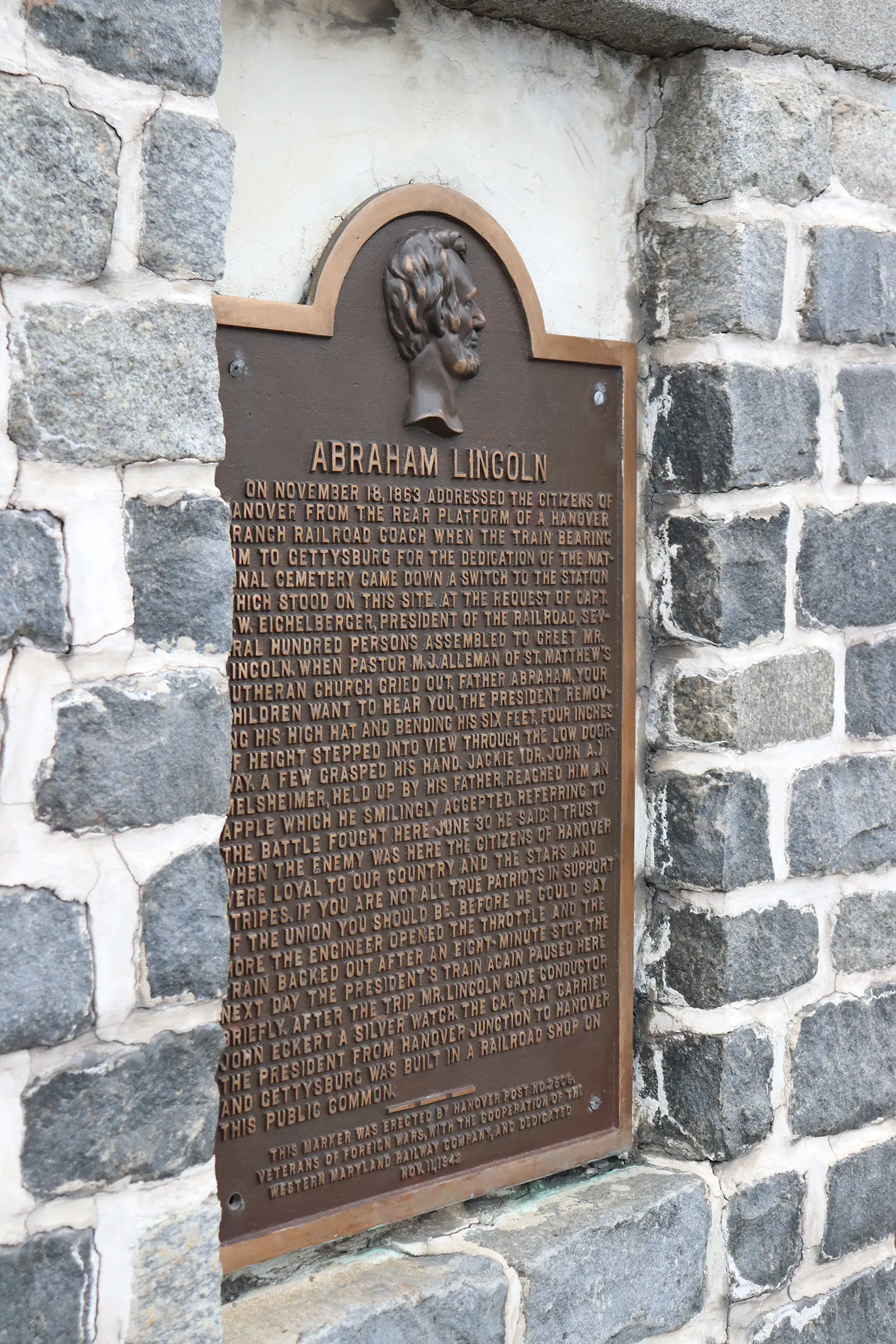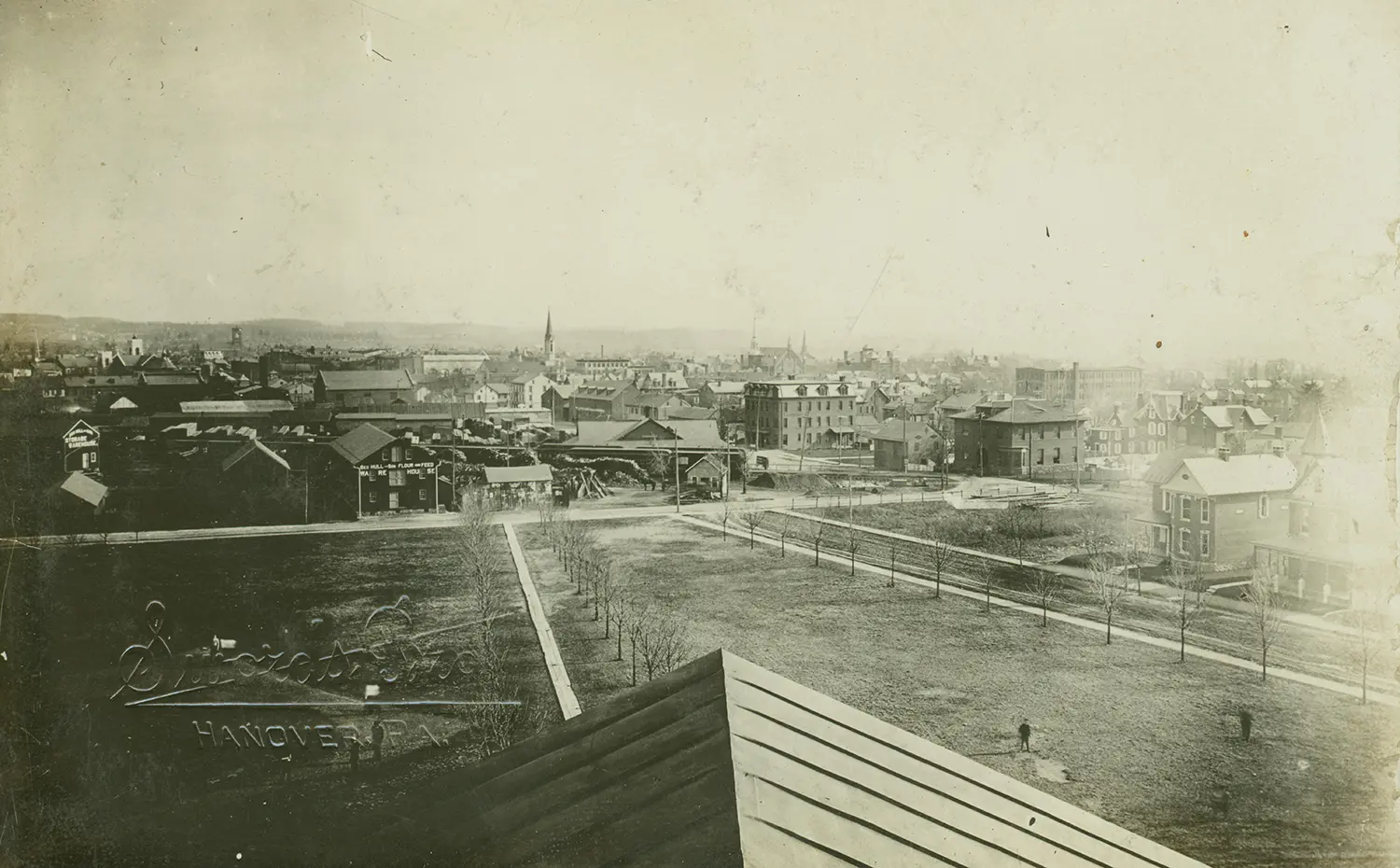Heart of Hanover Trails
Immerse Yourself in Hanover’s History
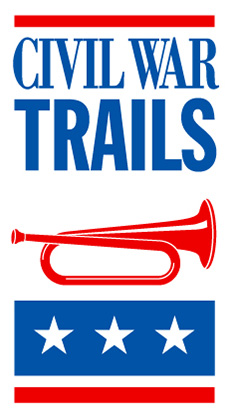
Marker Key
Heart of Hanover Trail is presented by Main Street Hanover, Inc. with support from local historians, writers, the Guthrie Memorial Public Library, and Hanover Area Historical Society.


























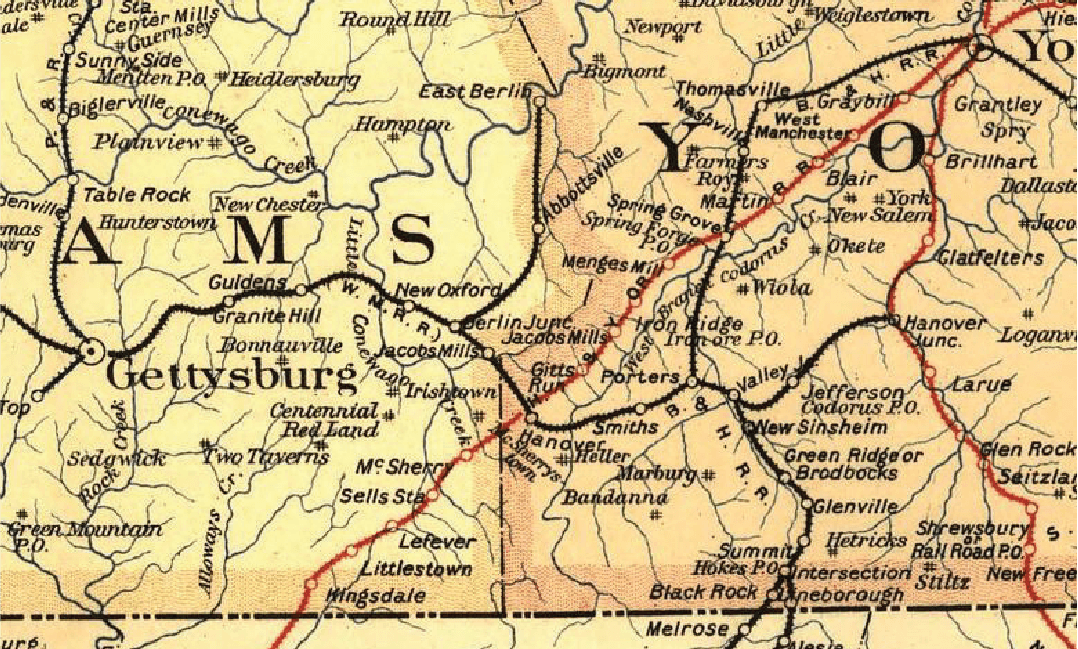
Marker Key
Heart of Hanover Trail is presented by Main Street Hanover, Inc. with support from local historians, writers, the Guthrie Memorial Public Library, and Hanover Area Historical Society.


Heart of Hanover
 Commons on Locomotives
Commons on LocomotivesHeart of Hanover
Hanover’s first industrial park was built around the railroad lines in the late 19th century. The area known as the ‘Hanover Commons’ helped shape the town’s future as a community of entrepreneurs and family businesses.
 Working on the Railroad
Working on the Railroad
Heart of Hanover
There is no doubt that Hanover’s access to rail lines helped position it as a hub of industry and innovation. The businesses in Hanover thrived with access to major metropolitan areas.
 Hanover’s Underground Railroad Conductors
Hanover’s Underground Railroad Conductors
Heart of Hanover
Just north of the Mason–Dixon line, the divide between states where slavery was legal and free states like Pennsylvania, Hanover was a logical stop on the Underground Railroad.
 Trailblazing Writers Leader, Long, and Prowell
Trailblazing Writers Leader, Long, and Prowell
Heart of Hanover
On these first blocks of Frederick Street lived pioneering newspaperwoman Mary Sophia Leader (1835–1913), famous author John Luther Long (1861–1927), and historian George Reeser Prowell (1849–1928), all buried one mile south of here in Mount Olivet Cemetery.
 Hospitality Before Hostility
Hospitality Before Hostility
Heart of Hanover
Joanna Wrentzel (née Thomas), of Hanover, wrote “The morning of the battle I went to the square with a wash basket of bread and a kettle of apple butter and helped feed the soldiers that were coming into Hanover. The soldiers were awful tired and hungry and were glad to get the food people were giving them.” Visit DiscoverHanoverPA.org for more information.
 Search and Destroy, Hide and Seek
Search and Destroy, Hide and Seek
Heart of Hanover
In many towns like Hanover, rail depots also were telegraph headquarters. Hanover’s was on present-day Railroad Street. Three days before the Battle of Hanover, Confederate Lt. Col. Elijah White’s men were on a mission: search for and destroy Pennsylvania railroad bridges and telegraph lines.
 Center of the Storm
Center of the Storm
Heart of Hanover
In 1863, charming brick and wooden homes lined both sides of Frederick Street from Center Square to the Winebrenner Tannery and the Karl Forney Farm. This are became the turbulent center of confusion during the battle as cavalrymen from New York and Pennsylvania fight face.-to.-face against those from North Carolina and Virginia.
 Stuart’s Fruitless Odyssey
Stuart’s Fruitless Odyssey
Heart of Hanover
After disengaging from the Union cavalry in the late afternoon of June 30, Confederate Gen. J.E.B. Stuart’s cavalry division left Hanover. Stuart and his men embarked upon a half.-circle odyssey south then northeast around town while Stuart’s rear guard, did not depart Hanover until after dark. The next day, July 1, Stuart and a portion of his exhausted troops advanced to Carlisle searching for supplies and information. Some historians contend that Lee suffered an “information blackout” during the first two days of the Battle of Gettysburg, thereby depriving Confederates of strategic high points and information during the Battle of Gettysburg.
 Heroics of the Union Cavalry
Heroics of the Union Cavalry
Heart of Hanover
To some, the nameless, stoic picket on horseback on the Hanover Square symbolizes the dignity and honor of the cavalry, and the vigilance of every day, tough–and–tumble Union soldiers.
 Profiles in Union Cavalry Courage
Profiles in Union Cavalry Courage
Heart of Hanover
Capturing two prisoners and a Confederate battle flag south of town in this vicinity, Private Burke was the first Medal of Honor Recipient for valor in a Civil War battle on free soil. Read all the profiles by visiting the marker.
 Warchime-Myers Mansion
Warchime-Myers Mansion
Heart of Hanover
The Myers Mansion was built over a period of three years, beginning in 1911, as the residence of Clinton N. Myers of Hanover Shoe Company. William Warehime generously donated the Warehime-Myers Mansion at 305 Baltimore Street in Hanover, its contents and the grounds to the Hanover Area Historical Society along with an endowment for the conservation of the properties. Mr. Warehime grew up across the street from the Myers Mansion and had long admired the neo-classical structure. The mansion remained in the Myers family until 1997 when Mr. Warehime purchased it from Molly Powl Myers, a granddaughter, who lived in Montana.
Learn more about the mansion and how to visit here.
 Aftermath and Stench of Death
Aftermath and Stench of Death
Heart of Hanover
York County produced more than 6,200 soldiers in the Civil War. While no final tally is possible, the number of county men who died from war wounds and disease was as high as 900. Hanover’s Mount Olivet Cemetery alone has at least 235 Union graves.
 Warfare Engulfs Downtown
Warfare Engulfs Downtown
Heart of Hanover
Downtown saw heavy fighting as the battle of Hanover erupted in this area – hand-to-hand combat broke out amid gunfire, shrieks, and shouts.
 Titans of Hanover Industry
Titans of Hanover Industry
Heart of Hanover
Varied industries, such as foundries; distillers; and coal, lumber and hemp rope distributors, bought or rented parcels within the Commons. The Commons roughly extended from Railroad Street to the west, North Street to the north, and Chestnut Street to the east.
For more information on current industry leaders, visit the Hanover Area Chamber of Commerce and read about their apprenticeship program in the area through partnerships with local manufacturers.
 Union Strikes Back
Union Strikes Back
Heart of Hanover
As the Union reclaimed the square for good, Kilpatrick ordered troops, with the help of citizens, to barricade streets with barrels, farm wagons, dry goods boxes, and other materials to provide cover.
This pen drawing depicts what a barricade would have looked like as it is a depiction of a similar event in Baltimore, MD.
 High Noon in Hanover
High Noon in Hanover
Heart of Hanover
As the battle continued into the mid-day, both sides maneuvered their cannons into place to support their soldiers efforts. Both sides exchanged cannon fire for up to two hours. Artillery units would have looked similar to this photograph of a Union Field Artillery Unit in position.
Places of Interest
 Guthrie Memorial Public Library
Guthrie Memorial Public LibraryPlaces of Interest
The Guthrie Memorial Library, Hanover’s Public Library, is a welcoming environment representing education, recreation, and progress. The library forms a cultural connection that joins people through text, technology and meeting spaces. Visit YorkLibraries.org.
 Neas House
Neas House
Places of Interest
The historic Neas House at Chestnut and High Streets in Hanover is a Georgian residence built around 1783 by Mathias Neas, a tanner who acquired six lots from his brother, George Neas, in November 1782.
 Hanover Area History Museum
Hanover Area History Museum
Places of Interest
The new museum is home to hundreds of unique items, covering some 300 years of local history, and is the culmination of thousands of hours of research and development by a small, but dedicated team of volunteers. From the tale of Digges’ Choice in the 1720s to an entire display dedicated to the beloved summertime Forest Park, the museum takes guests on a journey that is structured both by time period and topic. Major themes covered include local religion, language, education, transportation and manufacturing.
Find more information along with how to visit here.
 Hanover Market House
Hanover Market House
Places of Interest
Open every Saturday morning the Hanover Market House on E. Chestnut St. was constructed in 1933 and has been there ever since.
Originally operating in Center Square, the original open-air market building was often mistaken as a misplaced covered bridge. The structure featured the town’s only jail cell below ground level. The market operated in this open air structure from 1815 to 1872.
 Lincoln Plaque
Lincoln Plaque
Places of Interest
This plaque memorialized the visit of President Lincoln to Hanover on his journey to Gettysburg to deliver the famous ‘Gettysburg Address’.
Civil War Trails
 Lincoln in Hanover
Lincoln in HanoverCivil War Trails
President Lincoln’s stop at the Hanover Branch Railroad station was a cause for great celebration in the town. Many went gather for a glimpse at the President as he traveled to Gettysburg, where he delivered his address the next day.
For more information about the Gettysburg Address or Lincoln’s stop in Hanover visit: Battlefields.org
 Confederates Invade Free Soil
Confederates Invade Free Soil
Civil War Trails
By June 29, Stuart had reached Union Mills, dangerously out of touch with Lee. Stuart had captured 125 Union wagons carrying provisions, along with 600 mules saddled with supplies, all of which bogged down his progress and kept him far away from Lee.
 Hanover’s Healing Touch
Hanover’s Healing Touch
Civil War Trails
Pleasant Hill Hotel became a makeshift hospital during the period following the Battle of Hanover and the Battle of Gettysburg. That building stood beside the current mansion location on Baltimore St.
 Fate of the Nation
Fate of the Nation
Civil War Trails
In 1887, Union Gen. Alfred Pleasonton, writing of the Gettysburg Campaign, asserted that “Hanover saved the fate of the nation.” It is of the Battle of Hanover that he spoke.
Find the marker nearest you!
Use your mobile phone to find the marker closest to you! This Google map marks each spot as noted in our brochure. Use the brochure, this map, and our interactive guide above to get the most out of this trail. Learn about Hanover’s history, as you make your own!
Itineraries
Itinerary 1
Battle of Hanover, Civil War Sites in Hanover, PA
Battle has just begun.
Following the route of the confederacy as they meet with the union’s rear on Frederick St. Enjoy the walk through Historic Hanover’s Downtown. Finish your walk on Baltimore Street. Learn of the battle movements along the route, finish the trip with the aftermath of the fighting
- H – Stuart’s Fruitless Odyssey
- I – Heroics of the Union Cavalry
- J – Profiles in Union Cavalry Courage
- G – Center of the Storm
- F – Search and Destroy, Hide and Seek
- D – Hospitality before Hostility
- B – Hanover’s Underground Railroad Conductors
- Q – High Noon in Hanover
- P – Union Strikes Back
- M – Warfare Engulfs Downtown
- L – Aftermath and Stench of Death
- K – Hanover’s Healing Touch
Itinerary 2
Battle of Hanover, Civil War Sites in Hanover, PA
Want to learn about the Battle of Hanover, bur are short on time? Use this route to get the most of your quick visit to Hanover.
- H – Stuart’s Fruitless Odyssey
- G – Center of the Storm
- F – Search and Destroy, Hide and Seek
- D – Hospitality before Hostility
- Q – High Noon in Hanover
- P – Union Strikes Back
- M – Warfare Engulfs Downtown
Keep Discovering
Acknowledgements
Recognition for dedicated work and time must be given to Matthew Jackson, Justine Trucksess, and Brandon Wingert, Jess Mattmuller and team at L2 Brands. L2 Brands provided world-class design and branding services. Bob Wingert, Brandon’s Dad, was there from day one encouraging this vision.
Drew Gruber and the pros with Civil War Trails were awesome. A host of gracious historians vetted the digital texts and provided quality comments all along: Dr. Bill Aldridge; John Krepps; Larry Wallace; Marc Charisse; the late Bruce Rebert; Scott Mingus, Sr.; and Jim McClure. Andrew Smith contributed photography.
Special thanks to Pennsylvania Room-Guthrie Memorial Library historians John McGrew and Wendy Bish and Hanover Area Historical Society’s Jim Schuman, Ken Weiler and Marvin Mulhausen. Thank you to the York County Tourism Grant through Explore York for funding this project, making it all possible.
